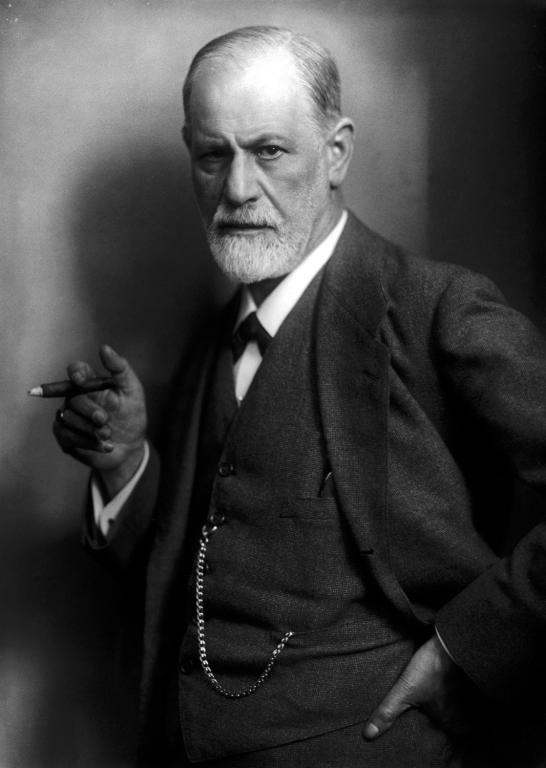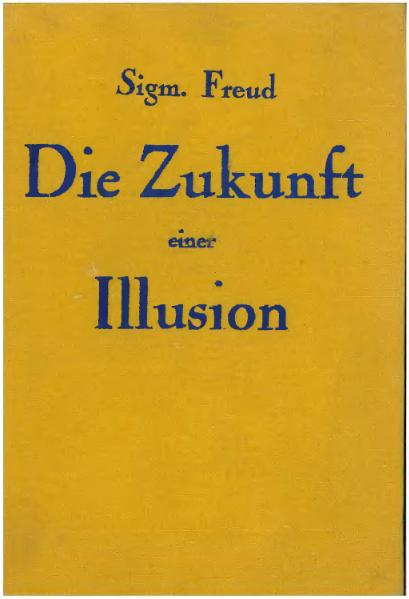
For my own undoubtedly dishonorable purposes, I’m extracting here some more of the passages that I marked during my recent re-reading of Elizabeth Lloyd Mayer’s posthumously-published 2008 book
Known as Lisby by her many friends and colleagues, Elizabeth Lloyd Mayer was an internationally known psychoanalyst, researcher, and clinician, the author of groundbreaking papers on female development, clinical technique, the nature of science, and intuition. A graduate of Radcliffe College, she received her doctorate from Stanford University and graduated from the San Francisco Psychoanalytic Institute, where she later became a training and supervising analyst. She was associate clinical professor of psychology at the University of California, Berkeley, and in the psychiatry department at the University of California Medical Center, San Francisco. She was also a fellow of the International Consciousness Research Laboratories at Princeton and on the research faculty of the Institute for Health and Healing at California Pacific Medical Center. She maintained a private practice in Berkeley for thirty years. Dr. Mayer served on the editorial boards of many of the major journals in her field, including the Journal of the American Psychoanalytic Association, International Journal of Psychoanalysis, Gender and Psychoanalysis, The Psychoanalytic Quarterly, and Contemporary Psychoanalysis. She was the first winner of the American Psychoanalytic Association’s prestigious Menninger Award. A contralto with a long-standing interest in traditional folk and classical music, she was a founder of the California Revels and its artistic director for many years. The mother of two daughters, she was also the producer of an award-winning video series on music education for children and was named Alameda County’s Woman of the Year for Arts and Culture in 1995. Dr. Mayer died on New Year’s Day, 2005, shortly after completing Extraordinary Knowing.
When Elizabeth Lloyd Mayer began looking seriously for the very first time into studies of “psychical phenomena,” she was astounded at what she was seeing:
I began discovering mountains of research and a vast relevant literature I hadn’t known existed. As astonished as I was by the sheer quantity, I was equally astonished by the high caliber. Much of the research not only met but far exceeded ordinary standards of rigorous mainstream science.Every good scientist knows the famous dictum first enunciated by sociologist Marcello Truzzi and later popularized by astronomer and author Carl Sagan: “Extraordinary claims require extraordinary evidence.” The claims made by the research I was reading were plenty extraordinary. They suggest the existence of mental capacities that defy space, time, and the basic boundaries of individual identity. Anything less than superb evidence won’t begin to justify claims like that. As a result, a good deal of research on anomalous mental capacities—certainly not all, but enough to be startling—adheres to stunningly high standards. Outside assessments of that research have repeatedly determined, often to the significant surprise of the evaluators, that the studies are overall scrupulously controlled, rigorously designed, and carefully regulated by masked and double-blind procedures. (69-70)
[W] ere I asked to point to a scientific journal where hard-headedness and never-sleeping suspicion of sources of error might be seen in their full bloom, I think I should have to fall back on the Proceedings of the “Society for Psychical Research.” . . . Quality, and not mere quantity, is what has been mainly kept in mind. The most that could be done with every reported case has been done. The witnesses, where possible, have been cross-examined personally, the collateral facts have been looked up, and the narrative appears with its precise coefficient of evidential work stamped on it, so that all may know just what its weight as proof may be. (77)
The members of the society took great trouble to interview first-hand witnesses as soon as possible after the events, and to document the stories carefully. (cited on 238)

(Wikimedia Commons public domain image)
Sigmund Freud (1856-1939) — who, of course, was an outspoken atheist and a vocal critic of religious belief — was similarly struck by what he saw as evidence for extrasensory perception or “ESP”:
He himself was convinced that anomalous mental capacities were real and hugely significant.He was particularly fascinated by telepathy, which he’d dubbed thought transference. He enthusiastically pursued its investigation with a few close associates, in particular a Hungarian psychoanalyst named Sándor Ferenczi, with whom he’d begun a collegial correspondence in 1908. On August 20, 1910, Freud triumphantly wrote to Ferenczi,Your—carefully preserved—observations… seem to me finally to shatter the doubts about the existence of thought transference. Now it is a matter of getting used to it in your thoughts and losing respect for its novelty and also preserving the secret long enough in the maternal womb, but that is where the doubt ends. (79-80)
On October 6, 1909, he wrote, “ . . . Keep quiet about it for the time being, we will have to engage in future experiments. . . .” A few days later, concerned that he hadn’t been emphatic enough, he added, “ . . . [ L] et us keep absolute silence with regard to it. The only one whom I have drawn into the secret is Heller, who also has had experiences with it. We want to initiate Jung at a later date. . . . Think out some good plans and have your brother formulate experiments. . . . I am almost afraid that you have begun to recognize something big here, but we will encounter the greatest difficulties in exploiting it.” (81)At the end of his long and extraordinary career, Freud made a remarkable statement. If, he said, he had it to do over again, he might devote his life to the study of thought transference. In an unpublished letter to Hereward Carrington, a leading investigator with the Society for Psychical Research, Freud wrote, “I am not one of those who from the outset disapprove of the study of the so-called occult psychological phenomena as unscientific, as unworthy or even as dangerous. If I were at the beginning of a scientific career, instead of as now at its end, I would perhaps choose no other field of work in spite of all difficulties.” (82)
Privately, he believed dreams were a royal road to more than suppressed sexual and aggressive impulses. He considered them a royal road to telepathic capacities—communication between two minds—as well. He went so far as to declare it an “incontestable fact that sleep creates favorable conditions for telepathy.” He also stated that any study of the human mind that excluded dream telepathy was incomplete. But he was having enough trouble getting his general theory of dreams accepted. Venturing into telepathic aspects of dreams would, he was sure, land him thoroughly beyond the pale. (188)
Posted from the Tasman Sea













